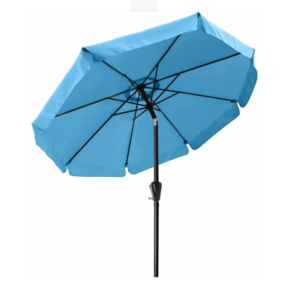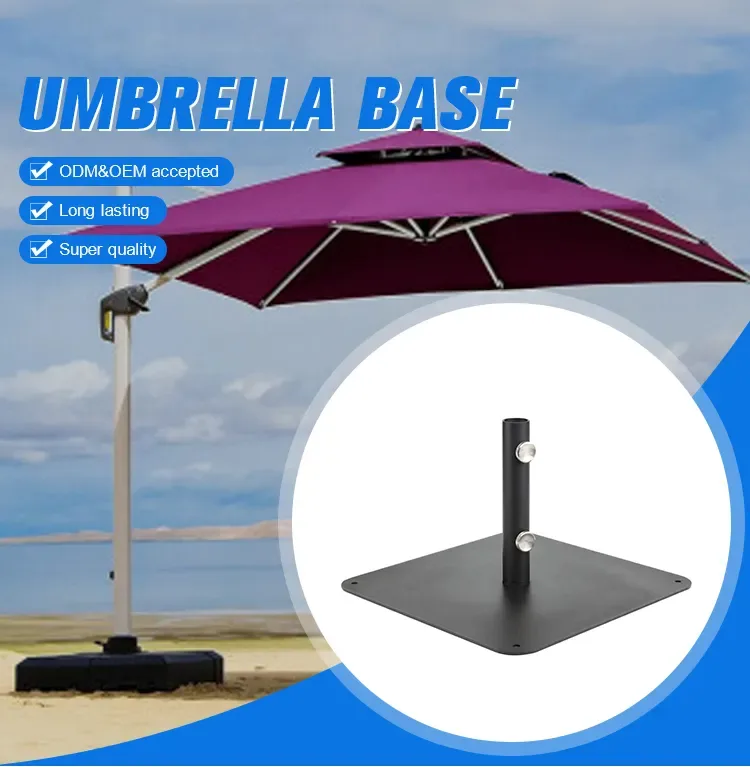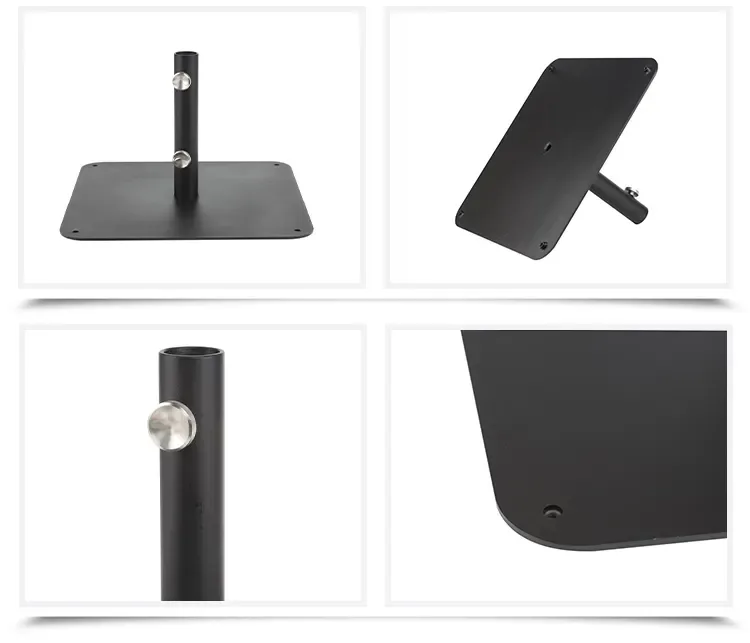
Cantilever umbrellas have a way of stealing the show, don’t they? Picture those effortlessly elegant, side-leaning beauties that cast the perfect shade while floating above your space. No central pole to dodge around, just smooth, uninterrupted coverage. They’re practically the couture of outdoor décor — serving both as a sanctuary from the sun and a bold design statement. Yet, their distinctive design leads us to wonder: to prevent them from taking an unexpected tumble, is there a particular type of base they require?
Why Cantilever Umbrellas Stand Out
First off, let’s appreciate what makes cantilever umbrellas the darlings of backyards and patios. Their design genius lies in the side pole, which allows the canopy to float above without interference, offering unobstructed shade and views. Perfect for covering everything from pool loungers to dining sets, these umbrellas can swivel and tilt, chasing the shade as the sun moves across the sky. But it’s this very design that also hints at their need for a unique support system.
The Base of the Matter
Given their asymmetrical design, it’s clear that cantilever umbrellas wouldn’t be content with just any base. Unlike their center-poled cousins that stand content with a simple stand, cantilever umbrellas demand something more robust, a base that acts not just as a support but as a counterbalance to their overhanging design. So, yes, they do need a special base — one that’s as prepared to handle a breezy day as it is to complement the aesthetic of your outdoor sanctuary.
What Goes Into a Cantilever Umbrella Base
Heft and How: We’re talking about bases that bring some serious weight to the table, often requiring sand or water filling, concrete, or even metal weights to keep everything grounded.
Style Meets Substance: These aren’t just any bases; they’re often designed with as much care for form as for function, meant to blend seamlessly with the umbrella’s sleek look rather than sticking out like a sore thumb.
Built to Last: Durability is key. Materials that can laugh in the face of bad weather — think UV-resistant plastic, rust-proof metal, or solid concrete — are the heroes here, ensuring your umbrella setup remains steadfast through seasons.
Choosing the right base means looking at the size of your umbrella, considering the usual weather in your area (hello, unexpected summer storms), and, of course, matching the style to your outdoor decor. Sometimes, the best bet is to stick with the recommendation from your umbrella’s manufacturer — they’ve done the homework, after all.
Wrapping It Up
Cantilever umbrellas are the epitome of outdoor elegance, offering both form and function in a way traditional umbrellas can’t match. But their unique design does mean they come with a specific need for a robust base. Understanding this not only ensures your umbrella stays upright but also keeps your outdoor space looking sharp and feeling cozy. So, before you set up your shade, make sure you’re grounded with the right base — it’s the foundation of your perfect outdoor retreat.